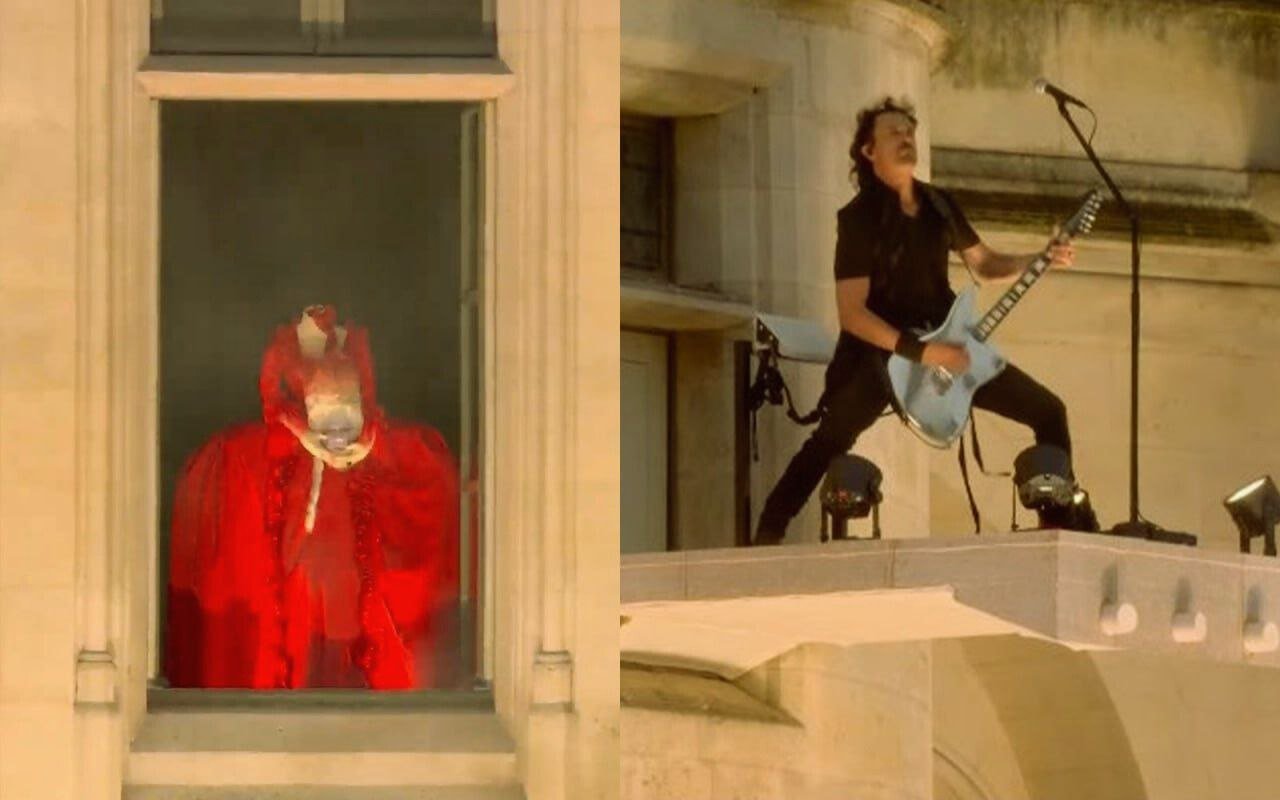
Contents
Introduction to the Karen Read Murder Trial
The Karen Read murder trial has garnered significant attention and scrutiny within the local community. This high-profile case revolves around Karen Read, who stands accused of a grievous crime. The charges against her include the alleged murder of her partner, John O’Keefe, which has led to intense legal proceedings. The timeline of events that culminated in this trial is both intricate and pivotal to understanding the broader implications of the case.
According to the prosecution, the incident began on the night of January 29, 2021, when Read and O’Keefe attended a social gathering. The prosecution asserts that an altercation ensued between the couple upon leaving the event, resulting in Read allegedly striking O’Keefe with her SUV. O’Keefe’s body was discovered later, leading to Read’s arrest and subsequent murder charges.
The defense, however, presents a starkly different narrative. They argue that the evidence against Karen Read is circumstantial and insufficient. One of the central pieces of evidence is a video purportedly showing Read’s SUV inside a police station, which the defense claims has been manipulated or ‘mirrored’. This video has become a focal point of contention, with the defense questioning its authenticity and the methods used in its collection and presentation.
Throughout the trial, both sides have marshaled a range of arguments. The prosecution has emphasized forensic evidence and eyewitness testimonies to substantiate their claims. Conversely, the defense has highlighted inconsistencies and potential procedural flaws, seeking to cast doubt on the reliability of the evidence presented. This trial not only underscores the complexities of legal processes but also reflects the broader societal quest for justice and truth.
The outcome of the Karen Read murder trial holds substantial significance for the local community, as it navigates through the intricate labyrinth of legal arguments and evidentiary battles. The case continues to unfold, capturing public attention and prompting widespread discourse on the intricacies of the legal system.
Controversial ‘Mirrored’ Video Evidence
The Karen Read murder trial has garnered significant attention, particularly due to the emergence of a controversial ‘mirrored’ video. This piece of evidence has become a focal point in the courtroom, with both the prosecution and defense scrutinizing its contents and implications. The ‘mirrored’ video in question purportedly shows Read’s SUV inside a police station, a scene that has raised numerous questions regarding its authenticity and reliability.
The video, as presented by the prosecution, is considered critical as it allegedly captures key moments that could either implicate or exonerate Read. The footage was obtained from security cameras within the police station and later subjected to a mirroring process. This process involves flipping the video image horizontally, which can sometimes help in providing a clearer perspective of the events recorded. However, the defense has raised serious concerns about this technique, arguing that it might distort the original context and details of the footage.
From a technical standpoint, the process of mirroring a video can introduce various discrepancies. Experts have noted that mirroring can sometimes alter the spatial relationships within the recorded scene, potentially leading to misinterpretations. In this case, the defense has pointed out inconsistencies in the mirrored video, such as mismatched timestamps and the appearance of objects that should not be visible from certain angles. These discrepancies have fueled the defense’s argument that the video evidence may have been tampered with or manipulated, thus questioning its reliability.
The defense’s concerns primarily revolve around the authenticity of the ‘mirrored’ video. They argue that the process of mirroring, combined with the noted discrepancies, undermines the credibility of the footage. This skepticism is further compounded by the lack of a clear chain of custody for the video, leaving room for potential alterations. As the trial progresses, the scrutiny over the ‘mirrored’ video evidence is expected to intensify, with both sides seeking to leverage it to their advantage.
Defense’s Argument Regarding the Video
The defense team in the Karen Read murder trial has raised significant concerns regarding a ‘mirrored’ video of Read’s SUV, which was recorded inside the police station. During the trial, the defense argued that the video in question may have been tampered with or misinterpreted, leading to potential inaccuracies in the evidence presented against Read. Defense attorneys emphasized that the mirrored nature of the video could distort crucial details, potentially misleading the jury.
One of the primary points of contention highlighted by the defense was the possibility of video tampering. They suggested that the mirrored effect might have been deliberately introduced or could result from technical errors during the recording or editing process. “The integrity of the video is paramount,” stated defense attorney James Connors. “Any alteration, intentional or accidental, can have profound implications on how the evidence is perceived.”
Additionally, the defense pointed to inconsistencies between the mirrored video and other pieces of evidence. Expert witnesses called by the defense testified that the discrepancies could undermine the reliability of the video footage. For example, forensic video analyst Dr. Emily Harris noted, “Upon thorough examination, we found several elements in the mirrored video that do not align with other forensic evidence. This raises questions about the video’s authenticity and accuracy.”
The defense also explored how these potential issues with the video could impact the overall case against Karen Read. They argued that discrediting the video would weaken the prosecution’s narrative and could cast doubt on the validity of other related evidence. “If the jury cannot trust the video, it calls into question the entire chain of evidence,” asserted defense attorney Sarah Mitchell. “A single flawed piece of evidence can unravel the prosecution’s case.”
By challenging the credibility of the mirrored video, the defense aims to instill reasonable doubt in the minds of the jurors. They contend that this doubt is sufficient to acquit Karen Read of the charges, emphasizing that the prosecution bears the burden of proving their case beyond a reasonable doubt.
Implications and Next Steps in the Trial
The defense’s questioning of the ‘mirrored’ video of Karen Read’s SUV has introduced a significant element of doubt regarding the integrity of the evidence presented by the prosecution. This line of inquiry could have substantial implications for the trial’s outcome, particularly in how it influences the jury’s perception of the evidence. By challenging the authenticity or accuracy of the video, the defense aims to undermine the prosecution’s narrative and cast doubt on the reliability of digital evidence in this case.
If the jury begins to question the validity of the ‘mirrored’ video, it could erode their confidence in the prosecution’s argument, potentially leading to a more favorable outcome for the defense. This scrutiny might also compel the prosecution to reassess their strategy, possibly focusing more on corroborating evidence and eyewitness testimonies to reinforce their case. The defense’s approach underscores the critical role that digital evidence plays in modern legal proceedings and highlights the importance of ensuring its accuracy and authenticity.
Looking ahead, the trial will likely see a series of pivotal moments, including upcoming testimonies from key witnesses and the introduction of possible new evidence. Both sides will need to adapt their strategies in response to the evolving dynamics of the case. The prosecution may seek to counter the defense’s claims by presenting expert testimony on the handling and interpretation of digital evidence, while the defense might continue to probe for inconsistencies or procedural errors that could further undermine the prosecution’s case.
Beyond this particular trial, the challenges raised regarding the ‘mirrored’ video could have broader implications for legal practices related to digital evidence. As technology continues to advance, the legal system must keep pace, ensuring that digital evidence is collected, handled, and presented in ways that uphold the principles of justice and due process. This case could serve as a catalyst for discussions on best practices and standards in the use of digital evidence, potentially leading to reforms that enhance the reliability and integrity of such evidence in future trials.
OUR SITE: toinewsalert.com





